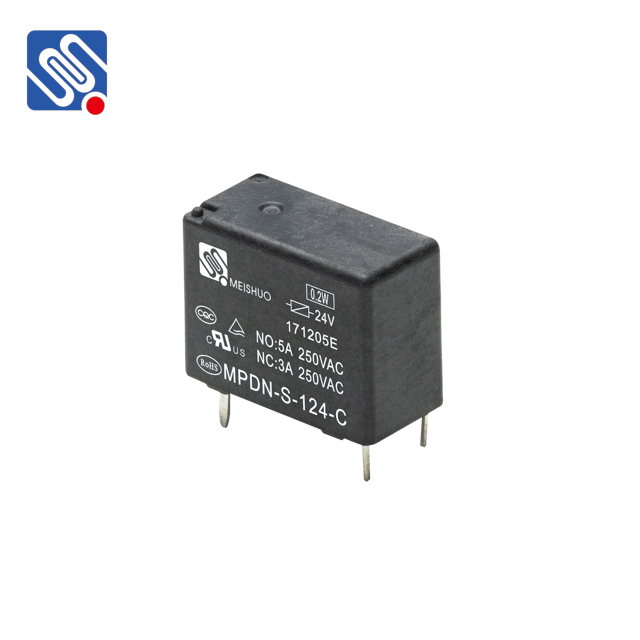In the rapidly advancing world of electronics, energy efficiency and compact design have become increasingly important. Devices and systems, from home appliances to industrial machines, are expected to operate with minimal energy consumption while maintaining optimal performance. One key component that has emerged to meet these demands is the Low-power relay. These devices, although often overlooked, play a crucial role in improving energy efficiency and ensuring the longevity of battery-powered and energy-sensitive devices.

What is a Low-Power Relay? A Low-power relay is a specialized type of electromagnetic relay designed to operate with a significantly reduced power input compared to traditional relays. These relays function as electrical switches that control the flow of current in a circuit, typically in response to a control signal. However, unlike conventional relays that may require higher voltage or current to activate, low-power relays are optimized to work at lower power levels, making them ideal for energy-constrained applications. The core working principle of a relay is based on an electromagnetic coil. When current flows through this coil, it generates a magnetic field that pulls a movable contact, thereby closing or opening an electrical circuit. In the case of low-power relays, the design of the coil, materials used, and the size of the contacts are all tailored to minimize the amount of energy needed for activation.